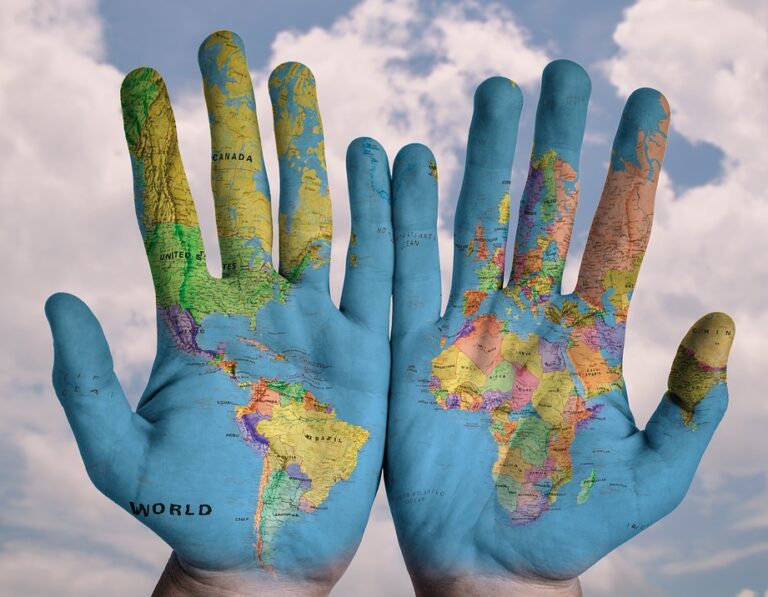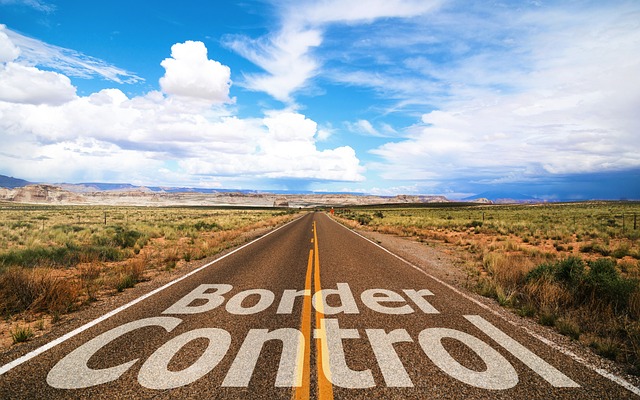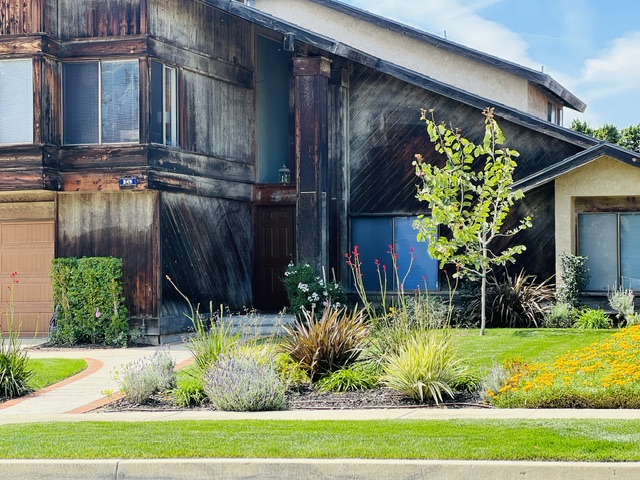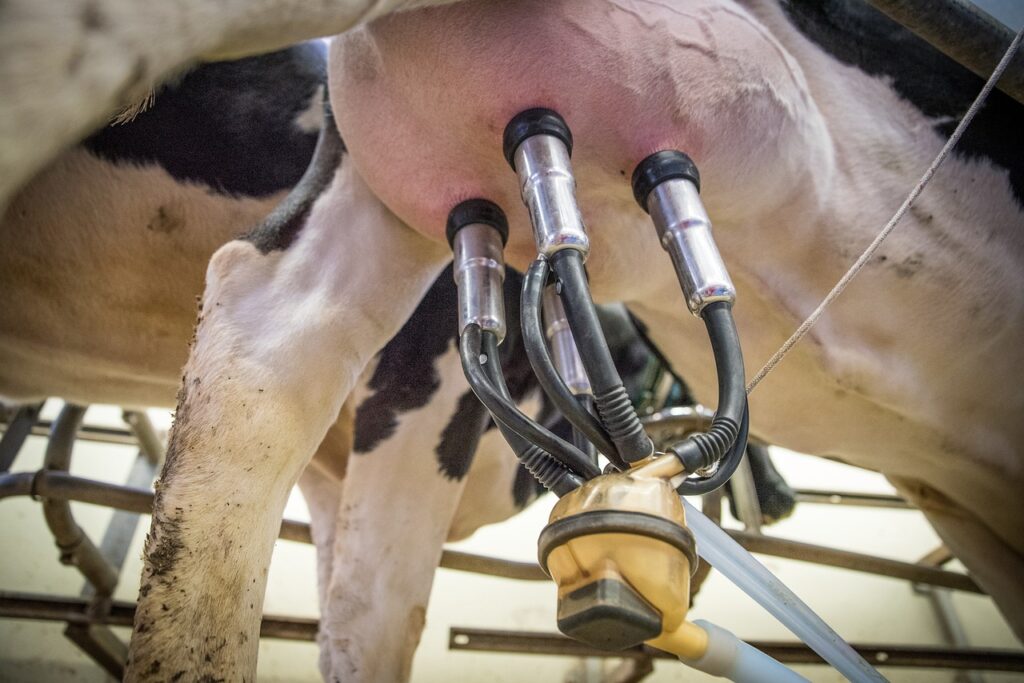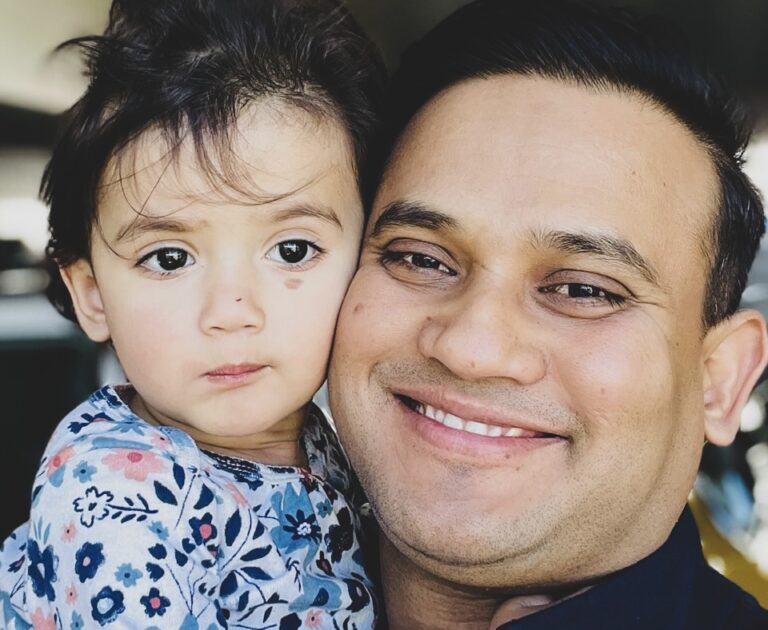I am a true believer in God and His Ministers. I have held this belief since my childhood. I embrace all religions and the Gods, from Abraham to Baha’u’llah, and from Jew to the Baha’i Faith. I don’t doubt any religion or any prophet. I’m writing this article about something beyond religious or belief systems.
When I was a child, I learned about Islam because I was born into a Muslim family, and I understood the Hindu religion because most of our neighbors and fellow villagers were Hindus. I didn’t have knowledge about other religions until I was around 12 or 13 years old. That’s when I began to learn about Christianity and Buddhism, even though I didn’t know many details.
Let’s discuss something beyond religion and beliefs. This topic doesn’t relate to any religion, nor is it meant to hurt or disbelieve in any religion or prophet.
Imagine a world without religion and God. Consider the science behind the creation of the world and humanity.
From my childhood until today, I’ve seen or witnessed many wars, violence, murders, natural disasters, and numerous unkind and inhumane activities—through personal experience, news, conversations, and other means. I’ve also witnessed acts of kindness and humanity.
Humans are born with jealousy, and for me, jealousy and hatred are the primary reasons behind inhumane actions. Behind more extensive inhumane acts, politics have often played a significant role, ranging from ancient kings’ reigns to today’s political systems.
In the early days of human history, kings used to attack neighboring countries or areas. Today, politicians from different nations engage in conflicts with other countries.
Ultimately, humans often resort to killing or destroying other countries or nations. We’ve spent billions just to destroy humanity. Almost every government in every country has stockpiled enough weapons to devastate the world many times over.
Conversely, most people believe in God. Regardless of what happens, believers think that God holds all the answers. If there are wars or inhumane activities caused by humans, including those rooted in politics or religion, we often say that God wants these things to occur. The same sentiment emerges during natural disasters.
As believers of God, we contribute substantial amounts of money and wealth to support our faith. We do this to gain protection, joy, and safety for ourselves, our families, and our friends.
When something terrible happens, regardless of its magnitude, we usually blame the government and the political system. Even during natural disasters, our tendency is to point fingers at the government. But why don’t we ever blame God?
In the event of a natural disaster, everyone is affected, irrespective of their religion or beliefs. This means that no religion is superior to another. In God’s eyes, all humans and religions are equal.
When a mass shooting, bombing, or significant event occurs resulting in multiple deaths, we often attribute our survival to God’s love. If someone dies, we might say that God loved them and wanted to bring them to Him in that way. Despite these beliefs, we seldom blame God or any religion; instead, we direct blame toward the government.
This prompts a question: Why? Why don’t we hold God, religion, places of worship, and religious leaders accountable? Why do we only blame the government?
Perhaps, if we believe in God, we should also consider whether God shares some responsibility for what unfolds in the world.










